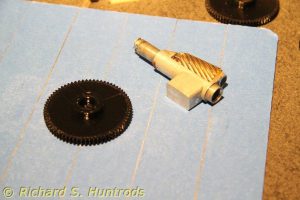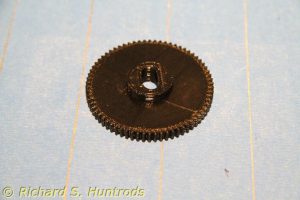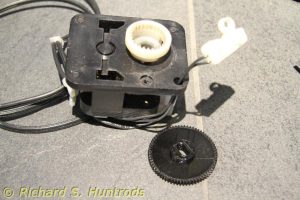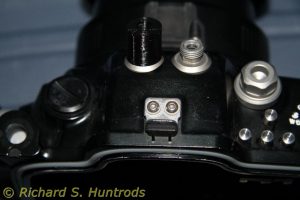While fretting about the ever increasing connectivity bill, I discovered that I could get faster internet for about $8 more per month from Telus, my current provider.
We don’t have fiber in our area, so all I can get is an upgrade from 25mb/s to 75mb/s download speed. Still, for $8 that’s a no-brainer. I called and an installation was arranged.
In order to get this speed, the modem needs a bonded pair of wires, so a second jack was added and the new modem connected.
Unlike past modems, this new one is full-featured and ultimately configurable. However, before I started playing I first simply plugged the old system into the new modem for a test. Just to summarize, old system was ADSL modem -> Linksys RVS4000 firewall -> house network. The initial test system was New modem -> Linksys RVS4000 -> house network. So all should be good, correct?
Before they came I did a Telus speed test. It showed 22.5 down, 1 up, which is pretty good for the 25 plan. The new plan (75) should be 75down, 10up. Once they were done, I ran another Telus speed test: 10up, but 4 down!!! What could be wrong?
On a hunch, based on a bad streaming experience some years ago as well as issues with the RVS4000 a decade ago in a co-locate, I pulled the RVS4000 and re-ran the test: 75down, 10up!
So here’s a warning to anyone using 10-year old technology with faster internet: DON’T. The old crap just can’t keep up. The RVS4000 may have been an expensive device 10 years ago, but it’s brain was an atom processor, which is about 1/100 of a modern smart phone (just guessing!).
At any rate, the little atom processor simply cannot keep up with modern high speed internet. This also confirms the RVS4000 was the problem with streaming some years ago, though I could not pull it at the time to test.
However, the new modem is awesome. It has wifi that is incredible. My old wifi was a good 10 year old device with big antennae, but devices only ever got 2 bars max anywhere in the upstairs. Now you get 5 bars everywhere, and coupled with the high speed, downloads are amazingly fast.
So all-in-all a great upgrade for $8 more per month.



